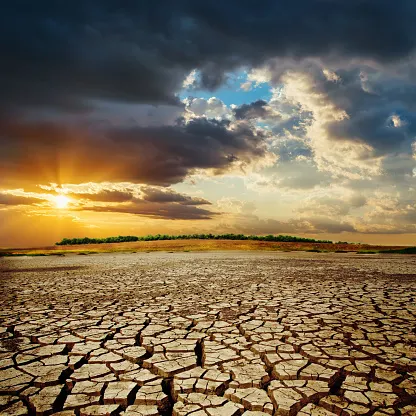
A look at the UN's COP 25 climate change conference
The Paris Agreement plans to contain global warming below 2°C compared to pre-industrial levels by 2100.
The members of the United Nations Framework Convention on Climate Change (UNFCCC) will meet on December 2 to continue their negotiations to implement mechanisms that can reduce future greenhouse gas emissions across the globe. According to scientists from the Intergovernmental Panel on Climate Change (IPCC), reducing emissions is the most effective way to fight climate change.
Over the years, these negotiations have given life to the Kyoto Protocol and the Paris Agreement. To understand the issues of this year's Conference of the Parties (COP 25), which will take place in Madrid, Spain, we first have to talk about the Paris Agreement signed by the members in 2015 (COP 21).
THE PARIS AGREEMENT
The Paris Agreement plans to contain global warming below 2°C compared to pre-industrial levels by 2100, while aiming for continued efforts to try to limit this rise to 1.5°C. According to Hugo Séguin, a Fellow at the Center for International Studies and Research at the University of Montreal (CÉRIUM), "we have adopted a global game plan."
“In the past, we set goals, but there was no instruction manual,” he added. Indeed, recent COPs were intended for negotiations on how to achieve the objectives of the Paris Agreement.
There is one clause in the Paris Agreement that states that all parties will have to increase their emission reduction targets every five years. Next year, at COP 26 in London, countries will have to put more ambitious goals on the table than those set in 2015. Further to that, while the "instruction manual" was adopted the year last at the COP 24 in Poland, the transparency mechanism by which to track emission reductions has yet to be implemented. Countries will now have to agree on how they will demonstrate that they have fulfilled their commitments.
THE FIGHT MUST BE GLOBAL
The other important part of the negotiations is financing. For many years, developing countries have emphasized that they are the most vulnerable to climate change because their infrastructure is not designed for the climate of tomorrow. They also pointed out that a significant amount of the emissions that have been released into the atmosphere since the early 1900s have mostly been produced by developed countries. They question their involvement in the solution since they are not responsible for the problem.
To make up for this imbalance, the developed countries pledged in 2009 to provide $100 billion annually, starting in 2020, to developing countries in order to adapt their infrastructures to the new climatic requirements. This money must also be used to compensate them for damage suffered in connection with climate change.
Since the host country also has the right to add components to the negotiations already on the agenda, The President-Elect of COP 25, Chile's Minister of Environment, Ms. Zaldivar, has chosen seven. This means that delegations from the 165 UNFCCC signatory countries will also have to speak and try to move forward on oceans-related issues, Antarctica, electromobility (electric vehicles), renewable energy, circular economy, ecosystems and forests.
THE FUTURE OF COP
On the closing day of COP 25, December 13, the funding and transparency issues will have to be resolved in advance of COP 26, which will take place in London next year.
According to Hugo Séguin, if at the end of this COP 25, the countries declare: "Count on me next year, I will arrive in London, with new ambitions of reduction," it will be a successful COP.

